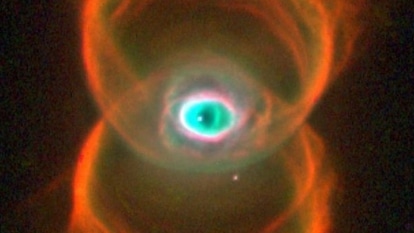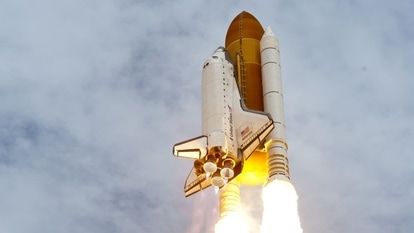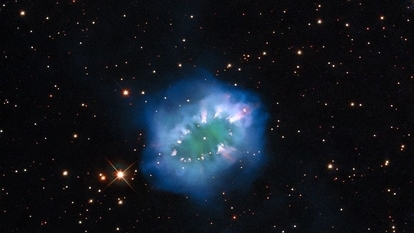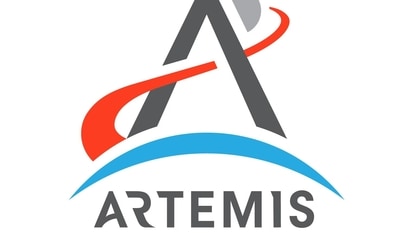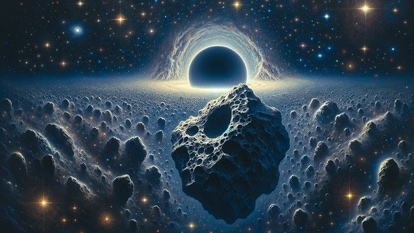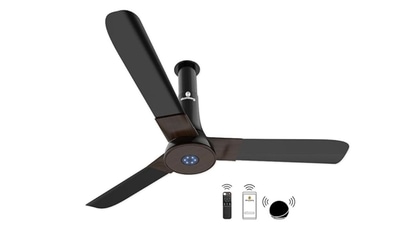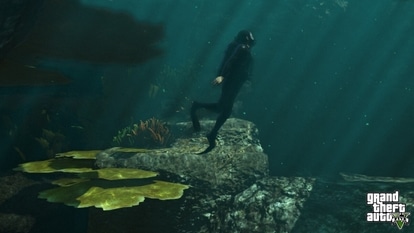Bad news! NASA loses contact with iconic Voyager 2 spacecraft
NASA's Voyager 2 spacecraft is no longer in communication with Earth due to an antenna misalignment; hope for resolution during October reset.

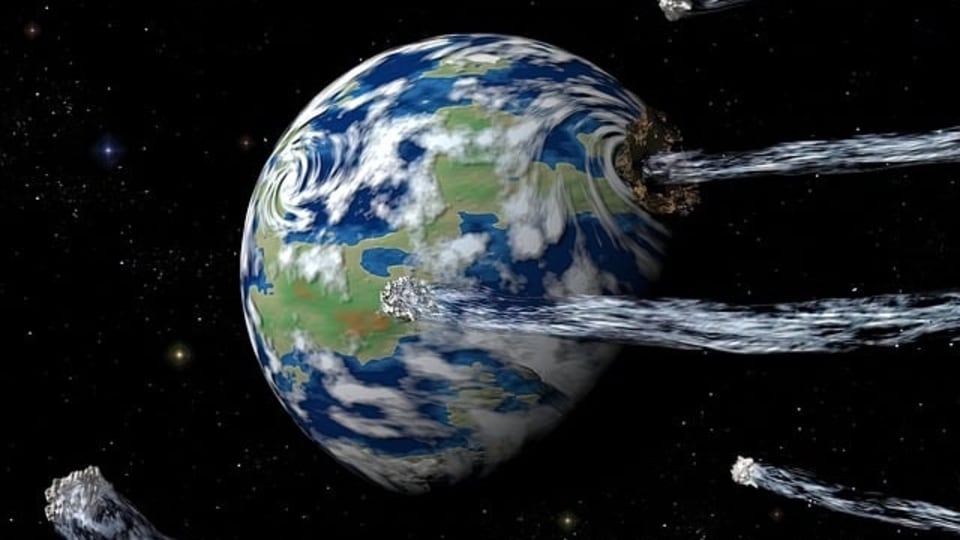


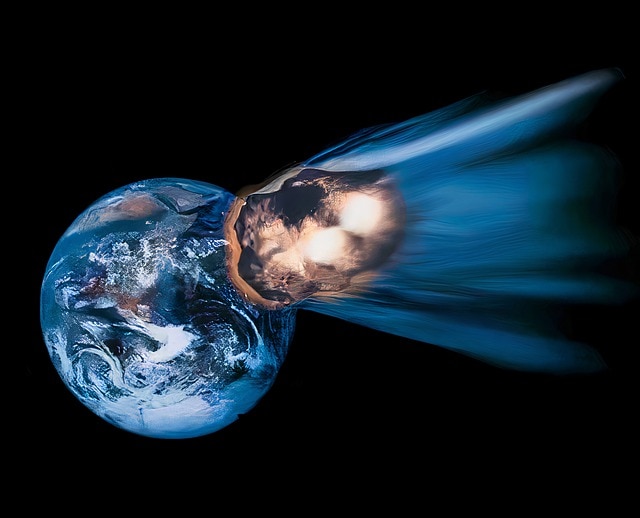
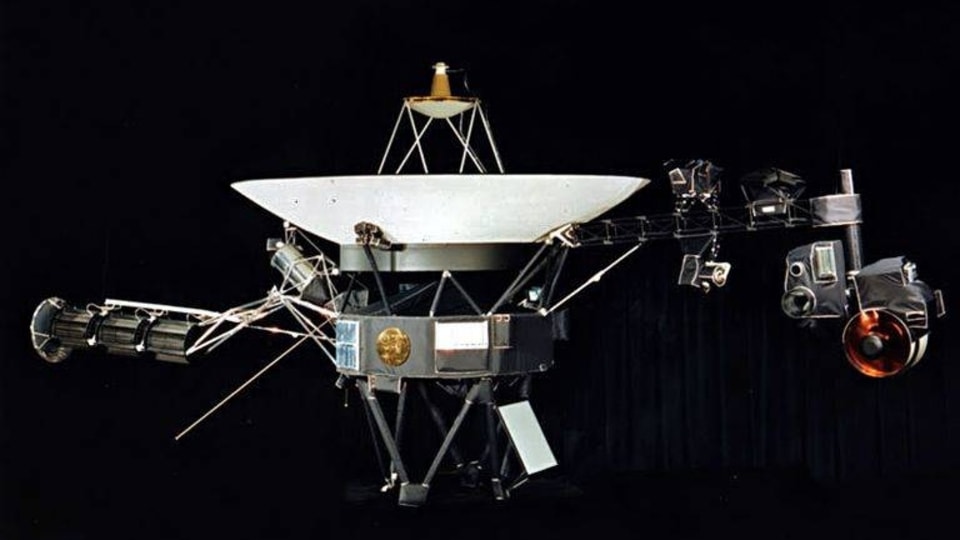
 View all Images
View all ImagesThe National Aeronautics and Space Administration (NASA) faces a temporary communication challenge with its intrepid spacecraft, Voyager 2, as it continues its interstellar journey between stars. The issue arises from an inadvertent misalignment of the antenna, rendering the spacecraft unable to receive commands or transmit data back to Earth. Despite this setback, NASA remains optimistic about resolving the problem during the next scheduled orientation reset in October. Voyager 2, a testament to human engineering and exploration, stands as one of the most distant artificial object in space, second only to its predecessor, Voyager 1.
Antenna Misalignment Causes Temporary Communication Loss
The anomaly occurred on July 21 when a series of planned commands inadvertently caused Voyager 2's antenna to shift 2 degrees away from its intended position towards Earth. Consequently, the spacecraft temporarily lost its communication capabilities with mission control, as conveyed by NASA's Jet Propulsion Laboratory (JPL) in a statement released on Friday.
Fortunately, Voyager 2 is designed to undergo regular orientation resets throughout the year, realigning its antenna with Earth. The forthcoming reset, scheduled for October 15, is expected to re-establish communication with the spacecraft.
During this period of communication silence, the mission team has full confidence that Voyager 2 will maintain its intended trajectory as planned, as stated in the JPL's release.
Voyager 2: An Epic Journey to the Stars
Voyager 2, launched on August 20, 1977, has traveled an astonishing distance of over 19.9 billion kilometers from Earth, placing it in the region between our Sun's heliosphere and the astrospheres of other stars, known as interstellar space. In this vast expanse, it became the second human-made object to venture between stars, following in the footsteps of its twin, Voyager 1, which achieved this milestone on December 10, 2018.
While its communication glitch is being addressed, let's take a moment to celebrate some of Voyager 2's remarkable accomplishments.
It holds the distinction of being the only spacecraft to study all four of our solar system's giant planets up close. Notably, at Jupiter, Voyager 2 made a groundbreaking discovery of a 14th moon.
Voyager 2 also made history by becoming the first human-made object to fly past Uranus, where it made fascinating discoveries of 10 new moons and two additional rings. Later, at Neptune, the spacecraft revealed five moons, four rings, and a mysterious feature known as the "Great Dark Spot."
Despite the current communication hurdles, Voyager 1 continues to operate smoothly, positioned nearly 24 billion kilometers away from Earth.
Catch all the Latest Tech News, Mobile News, Laptop News, Gaming news, Wearables News , How To News, also keep up with us on Whatsapp channel,Twitter, Facebook, Google News, and Instagram. For our latest videos, subscribe to our YouTube channel.



